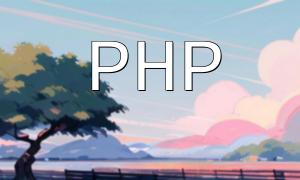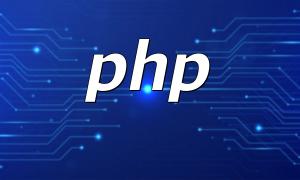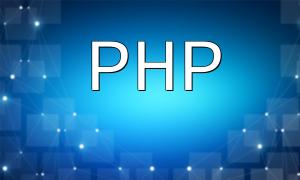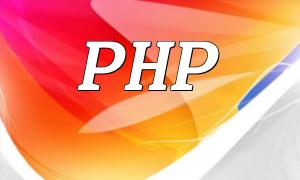As web applications become more complex, choosing the right framework to organize your code becomes increasingly important. PHP, as a widely used web development language, offers several frameworks to choose from. In this article, we will explore how to build a testable and maintainable MVC (Model-View-Controller) application using PHP8 frameworks.
MVC is a software design pattern that divides an application into three main components: Model, View, and Controller. This architecture aims to separate concerns, making the application easier to develop and maintain.
Choosing the right PHP8 framework is the first step in building an MVC application. There are many excellent PHP8 frameworks to choose from, such as Laravel, Symfony, and Yii. In this article, we specifically recommend Laravel due to its powerful features and comprehensive toolset, which helps developers build efficient and maintainable applications.
Writing unit tests is a crucial part of ensuring the quality of your application. Laravel provides a simple and intuitive testing suite that makes it easy to write and run unit tests. By writing unit tests for models, controllers, and views, you can verify the correctness of your code and catch potential issues during code changes.
Version control tools, such as Git, are essential for the development process. They allow you to track changes in your code and provide a reliable environment for collaboration. With version control, you can easily roll back to previous versions of your code and collaborate more effectively with your team.
Building a testable and maintainable MVC application with a PHP8 framework is an essential skill for modern web development. By choosing the right framework, writing testable models, controllers, and views, and leveraging unit tests and version control, you can significantly improve the quality and maintainability of your code. These practices will help developers build robust and scalable web applications more efficiently.









